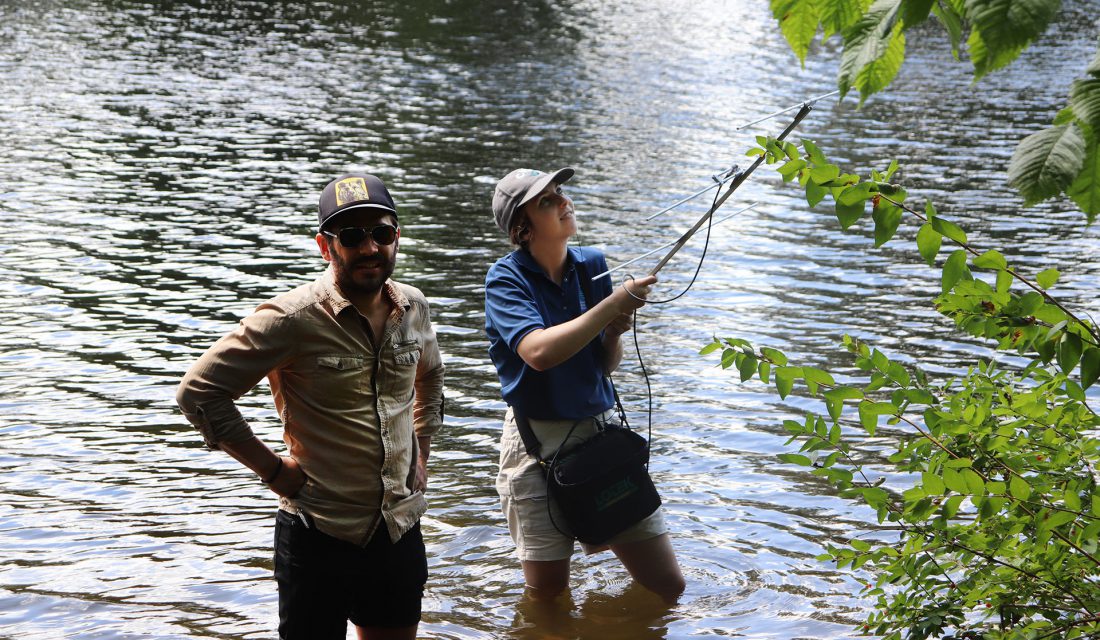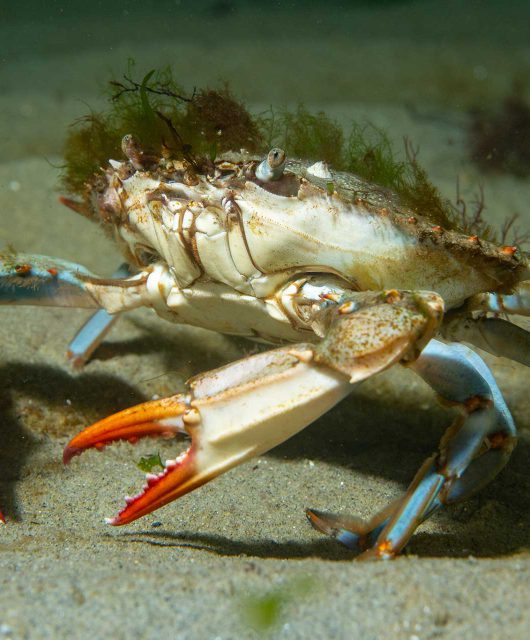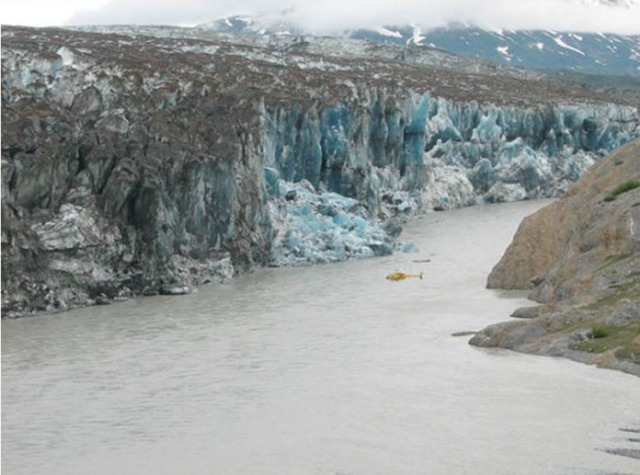What technology is used to help us understand and conserve wild species?
Technology and nature may seem like polar opposites. After all, a growing reliance on technology tends to decrease the time we spend in nature and weaken our connection to the natural world. But technological advancement has also benefitted wildlife conservation. Here are five technologies that help us to track, study and conserve wild species.
GPS and Radio Tracking
GPS tracking was one of the first technologies to help researchers monitor and study endangered species. With a GPS tracker, researchers either see the location data in real-time or they have to retrieve the tracker and download the data. For example, CWF used GPS technology to help us track Leatherback Sea Turtles.
GPS tags are too large for some species, which is why radio tracking (radio telemetry) is also useful. Radio tags are smaller than GPS tags and emit a radio frequency. To locate the tag, researchers have to move around with a receiver and try to pick up the resulting “ping” from the frequency. For example, CWF has used radio telemetry to help us track bats.
Acoustic Monitoring Devices

Echolocation is an amazing skill that allows bats to locate objects using reflected sound. Although humans aren’t quite as talented, we can use an acoustic monitoring device to hear what bats hear when they echolocate. The device even plots the sound on a graph, so that researchers can determine the species of bat based on the unique frequency and length of its call. And acoustic monitoring devices aren’t limited to bats – they can also be used to survey birds and even frogs. Learn how CWF used acoustic monitoring to help us study the interaction between bats, humans and habitat loss.
Radar Technology

Many winged species migrate thousands of kilometres, making it difficult to track their movement and location. Radar technology – radio detection and ranging – can provide information about migratory flight, including timing, direction and even wing beat patterns. This allows biologists to better study and monitor some migratory species.
PIT Tags

Passive Integrated Transponders – PIT tags – can help us track the movement of a number of terrestrial, aquatic and even airborne species. The tags are inserted into an animal and function similarly to a microchip in a pet. For example, CWF used PIT tags to track American Eel migration. Our researchers were able to track eels at different points in their migration journey and determine which eels survived which barriers. CWF is currently working on developing guidelines for tagging eels with PIT tags, and we’re also working to determine the efficacy of fish passage restorations with the aid of PIT tags.
iNaturalist.ca

You don’t need to be a biologist to use technology to help wildlife. The iNaturalist Canada app allows any wildlife lover to become a citizen scientist. Users can snap and upload photos of nature right outside their door – from fauna to flowers to fungi. Image recognition software instantly helps to identify your observation, and the observation is then reviewed by experts in the iNaturalist community to confirm the identification. The app has created a network of nature lovers, allowing people to track and better understand what they see in nature.
iNaturalist Canada is also helping to build a living record of life in Canada, which is hugely useful to scientists and environmental managers who are monitoring changes in biodiversity. Some new species have even been discovered thanks to the app! CWF uses iNaturalist Canada to put out searches for particular species, including the Giant Lacewing and the Chorus Frog.






2 comments